That bitter Strauss suite at the end of war
Album Of The WeekFrom the Lebrecht Album of the Week:
In mid-March 1945, Richard Strauss set about writing a suite for string orchestra that would reflect his feelings at the surrounding devastation. The 80-year-old composer had seen his hometown Munich bombed to ruins, but he was comfortably situated in Alpine Garmisch and at no immediate personal risk. His suite, Metamorphosen, was bittersweet: a reflection on his country’s defeat and his own early complicity with its fallen Nazi regime….
Read on here.
And here.
Ici pour la version francaise.
In Spanish here.
In Czech here.

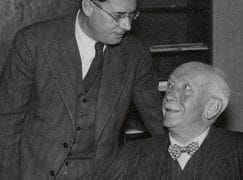
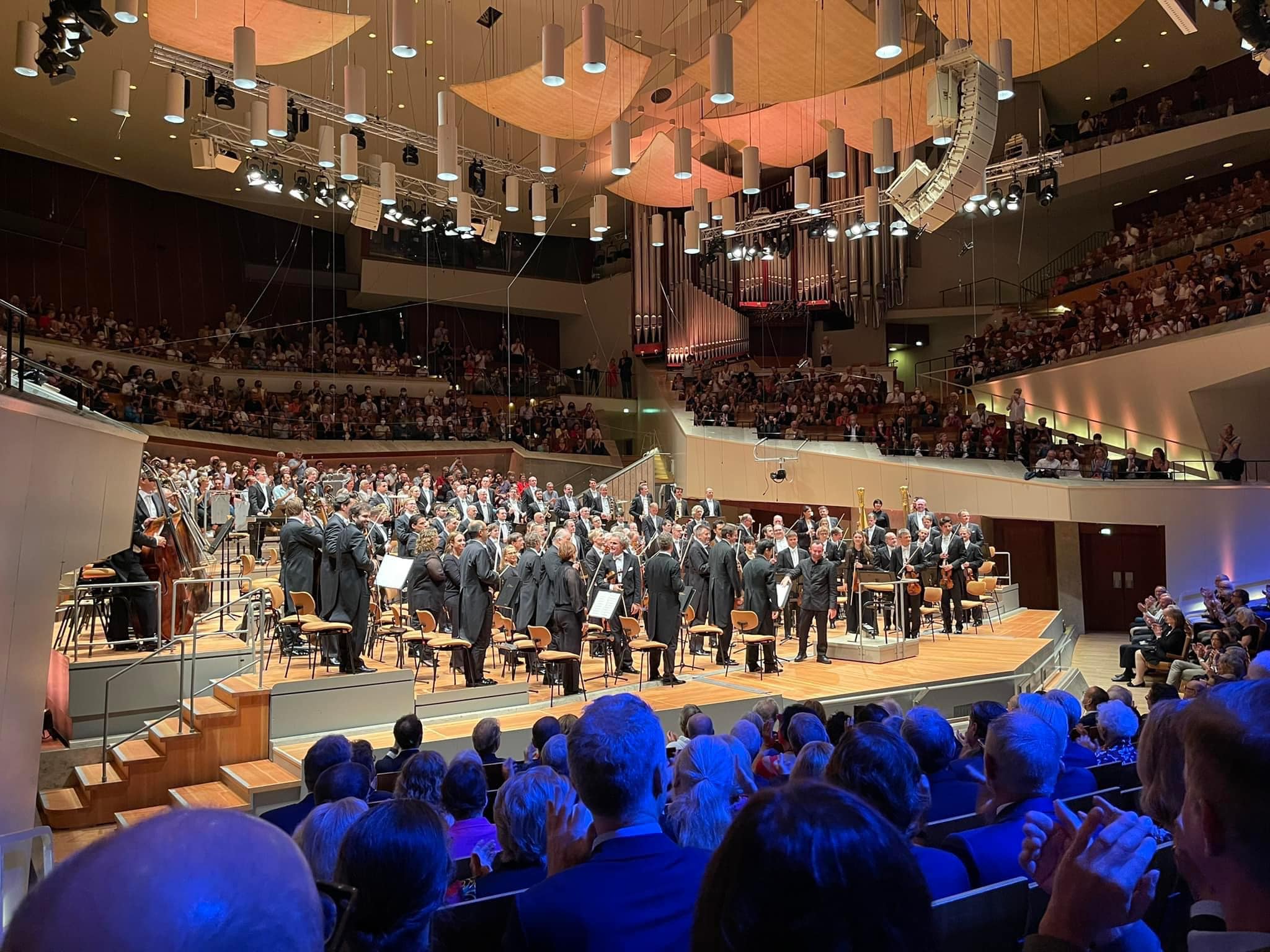
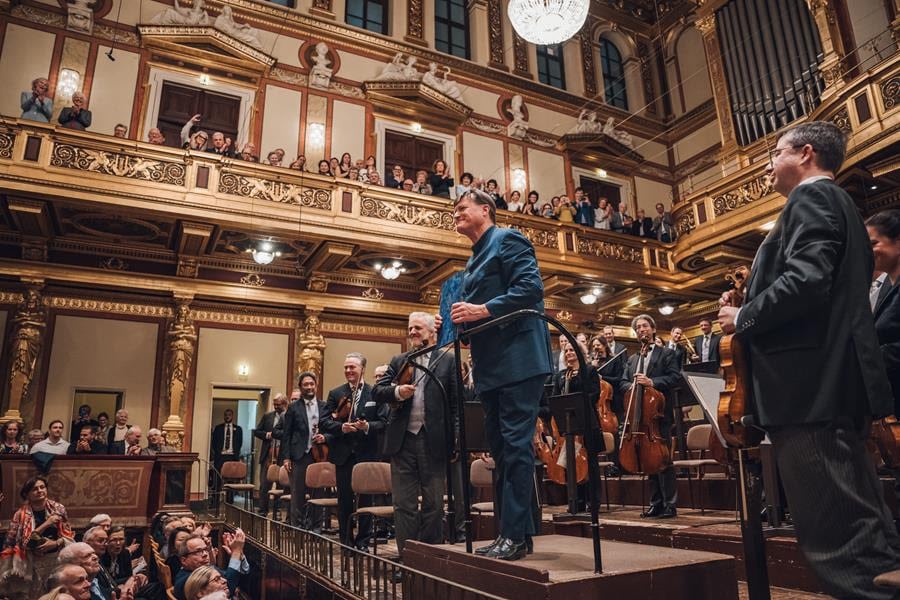
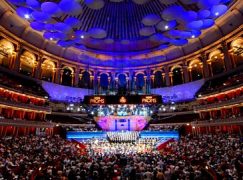
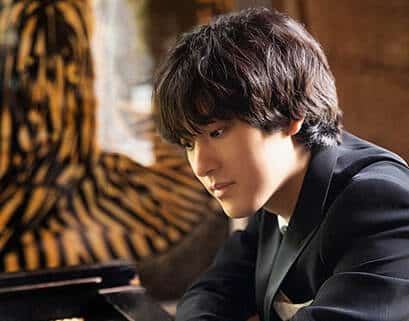
Suite? Does not a suite by definition have separate movements? I recommend all 3 recordings by the great Armin Jordan, a wonderful conductor.
Suite? Surely a suite by definition has several movements? I recommend seeking out all 3 recordings by the great and undervalued Armin Jordan.
And I recommend Ormandy/Philadelphia.
As far as I know Strauss’s home was not bombed. The impetus for the composition of Metamorphosen was the bombing of the Semperoper in Dresden, where so many of his works had their first performances. It is common knowledge that the opera house was badly damaged, and not available for performances again until 1985.
The Garmisch home was used for bivouacking soldiers of the American occupation – an indication that the building was intact after the war. Strangely that was how Strauss met John DeLancie, later principal oboe of the Philadelphia Orchestra, and the inspiration for the composition of the Oboe Concerto.
On a pedantic note, bivouacking implies camping in the open air, without a tent. In this case the overall condition of the Garmisch house cannot be accurately inferred.
As far as I know, Strauss’ beautiful Garmisch home is still there. I remember walking by around 2000. The name at the gate was Richard Strauss! (At the time his namesake grandchild was alive.)
In whose world is this great composition a “suite”?!
I came to the comments section for this.
The Metamorphosen is a masterpiece. And Norman is entirely right in his references to Mahler and the early Schoenberg. In fact, the idiom shows what Schoenberg could have done if he had wished so. Also, what Strauss could have done instead of writing those bland, uninteresting middle class operas in the thirties – Aegytische Helena, Danae, and later the unbearable and kitschy Capriccio, pfui Teufel!
Here is Schreker’s Intermezzo:
https://www.youtube.com/watch?v=P2gG1M7Wxbw
It is an innocent, young piece (Schreker was ca. 22), beautiful, pure, and avoiding any kitsch, so I don’t see exaggerated Schmaltz. Also, it has a lively and fresh middle section to relieve the sweetness.
I must disagree with your appraisal of Capriccio. The last 20 minutes or so are incredibly beautiful. Strauß’s late works include many masterpieces – Metamorphosen, the Oboe Concerto, Vier letzte Lieder, as well as Capriccio immediately come to mind.
The Vier Letzte Lieder are proably Strauss’ very best work, the pinacle of his output.
I can never get used to the sound of Capriccio, even the last bit seems quaint rather than beautiful to me and thin of substance. And the subject of the opera is so childish.
In the midst of rehearsing the Schubert “Unfinished” I thought to myself that the valedictory horn solos of the second movement were perhaps an inspiration for the similar phrases at the end of “Capriccio”…playing tune-detective with the late Romantics is always a subjective game but perhaps….?
Who cares what you think….Nevertheless , thanks for your two cents worth…..
And, please….let’s not forget the 2nd Horn Concerto….
I believe Strauss—sic—abjured the ending Double S, regarding it as a Viennese flourish. He left the big S for the waltz family. Though I agree about Capriccio.
It wasn’t only his “early” complicity with the Nazi regime. There are those famous videos of him conducting the Vienna Philharmonic and orchestras in Germany in the early 40’s.
Strauss and the nazis:
https://subterraneanreview.blogspot.com/2018/10/strauss-and-nazis.html
Korngold’s Symphonic Serenade, also on the recording, is a superb piece!
We’re agreed it is not a suite. I don’t think “bitter” is the right adjective either. Devastated, gutted.
He was thinking last thoughts. The oboe players rightfully treasure their Concerto. We violinists think about what might have been with the initial rough drafts of a violin concerto that were on his desk at his death.
https://imslp.eu/files/imglnks/euimg/9/97/IMSLP700611-PMLP1120307-strauss_allegretto.pdf
There is an excellent Wikipedia article on the Metamorphosen, its composition history, the themes it develops, and the difficult question of exactly what motivated Strauss in writing it. Among other things, it seems that Paul Sacher asked Strauss for a ‘suite for strings,’ but that what Strauss sent him was a ‘study for 23 strings,’ adapted from a string septet on which he had already been working. Here’s the link to the article.
https://en.wikipedia.org/wiki/Metamorphosen#Composition_history
I don’t think the piece has been performed/recorded better than HvK’s interpretation from 1983 with the BPO, coupled with Tod und Verklärung, on DGG (when DGG was a serious label for serious grownups).
Sorry A.L. but Kempe/Dresden (1973), Karajan/Berlin (1969), Barbirolli/New Philharmonia (1967) and Karajan/Vienna (1947) are of greater significance.
I second this.
I’d add to preferred recordings either of Horenstein’s versions with the ORTF, for EMI or the air-check version.
I am that sure I’m not the only one who has noted Strauss’s quotation of the C-minor theme from the second movement of Beethoven’s “Eroica” Symphony, which appears in the celli and basses at m. 501 (Sehr langsam). In the autograph short score (dated 31 March 1945), Strauss wrote below them: “In memoriam!” In turn, two days after Franklin Delano Roosevelt died on April 12, Serge Koussevitzky changed the Boston Symphony Orchestra’s program at Carnegie Hall to include the first two movements of Beethoven’s symphony.
https://youtu.be/6I2a2-T04ck
Just want to share a beautiful live performance of the piece by Szell and the Cleveland Orchestra. Lynn Harrell was playing first cello on this.
23 strings in search of a theme… Horenstein’s pitch black early 50s recording remains the benchmark, Furtwangler, Klemperer, and Barbitolli have all put their stamp on recordings, as has Karajan, if you’re inclined to that sort of thing… Probably the greatest composition of the 20th century after The Rite of Spring… The beginning of Strauss’ Indian summer, where he had nothing left to prove and no audience to please… Sounds like all of European culture sliding into the abyss… The composition bitterly subtitled “in memoriam”…And exactly what theme does it turn out the strings were searching for?